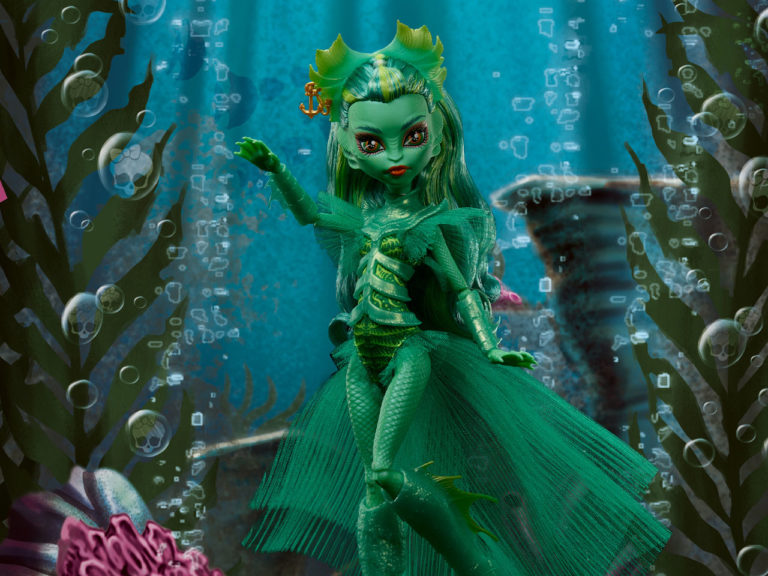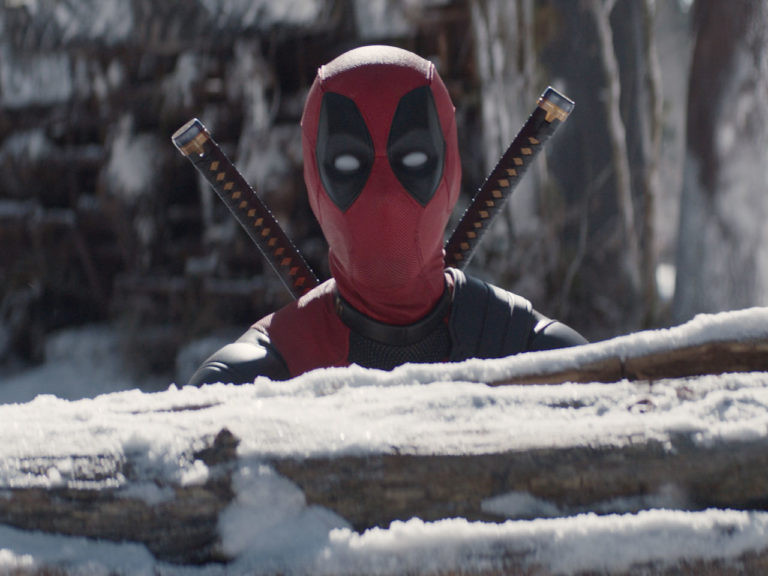
And so we’re getting ever closer to the end of this long Suicide Squad run. #49 is the second chapter of “Rocket to Russia,” and the second-to-last chapter in the entire series. As I read this, I just find myself wondering what happened to this book. Back when Williams started out with Jim Lee as his artist, this was a very entertaining and well-crafted comic. Ever since Lee left the book we’ve seen other artists come and go, and with the big differences in quality this series has been lacking aesthetic consistency, and I daresay the quality, ultimately, has dropped to average at best. The writing seems to be suffering too. Is Williams burned out? Did the well run dry? I don’t know. But what I do know is that, sadly, this last arc is just kind of petering out. So, without further ado, let’s have a look.

For starters, I like that the Suicide Squad members are looking out for each other. From #1 to #49, this group has become a family. They may not always get along, but family members fight sometimes, and in the end they have each other’s backs regardless. This character growth over time is something I really appreciate, and it is precisely this aspect that I think makes the series as a whole enjoyable despite the overall quality of these final issues being on the low end. Another thing that I enjoy is that the creative team put some effort into giving Flag more context and character development. We find out how he first met Amanda Waller and joined Task Force X. The reason why he joined—which I won’t reveal here—fits his characterization very well as it emphasizes his drive to keep those under his command safe at all costs. What I consider to be the overall theme of the issue—keeping your comrades safe—seems to spawn out of this Flag origin story and, of course, manifests itself in my previous point: the Squad members looking out for each other. However, it also manifests itself in the enemies that the Suicide Squad is up against.
These enemies, however, lack serious substance. We meet them very briefly in the opening pages as soldiers under Flag’s command on the front lines of war (during Flag’s pre-Squad days). They die in this war, but later in the issue they come back as some kind of mutated versions of themselves. My main problem with all of this is that it lacks emotional resonance. Because we only briefly saw the soldiers in the opening pages and barely had the chance to get to know them, I fail to regard them as anything more than just background characters—as extras, if you will. Even when they reappear as villains, I just can’t bring myself to care about them. While they seem to be connected to the main threat against both Waller and Flag, it feels more like they are just a distraction from the main plot. Which leads me to my next point.
The lines between who is the villain and who is the hero are blurred. Flag, for example, is this goody two-shoes type of dude in the opening pages, but halfway through we see him as anger incarnate who wants to murder Waller for what she allegedly did to him and his men. Furthermore, the soldiers and the Suicide Squad both seem protagonists and antagonists at the same time. Sometimes we see battles between the two groups from the Squad member’s perspectives, and sometimes it’s the other way around. And even with Waller it’s hard to tell if she’s trying to do the right thing or if she’s just being mean again. This theme of blurring good and evil runs parallel to the theme of family/kinship, and it could have been riveting. However, with sloppy writing, uninteresting (and at times unrealistic) dialogue and artwork that looks rushed, these themes never really seem to develop beyond the point of just being cool ideas that linger somewhere in the background.
My point is this: the comic could have been good—maybe even great—if it wasn’t so superficial. Themes are introduced, character interactions are set up, but all we see are glimpses of what could have been. Had the creative team spent more time developing their characters and themes, this book could have come to life and it might have been a beautiful ending to a long 50-issue run.
The same applies to the artwork, brought to us by Diogenes Neves (pencils), Scott Hanna (inks) and Gabe Eltaeb (colors). Last month I thought their work was okay, if somewhat dull to look at. This time the artwork overall looks rushed. Character models are inconsistent in that their proportions and faces shift from time to time; the inks looks rather muddy and thick in places; and the colors look flat which makes it look like everything exists on the same layer (even though I know that Eltaeb has certainly colored on multiple layers). All in all, the artwork just has the look of a product that had to be finished on time before a deadline instead of a piece of art that everyone on the team poured their soul into. It lacks life. It’s very static, even the big action scenes. It’s certainly not the worst I’ve seen—it’s still on a professional standard—but I don’t think it’s better than average.
Recommended if…
- You’ve been collecting Suicide Squad since #1 and might as well get the full run
- You have ten minutes of spare time and are looking for some light reading
Overall: The second-to-last installment in this 50 issue run is a far cry from #1. There are cool ideas in the story, but they never get fully realized and as a result the story remains superficial. Unfortunately I can’t say I like this issue, and therefore I also can’t recommend this in good conscience. It’s a shame. I want this series to succeed because I like the Suicide Squad characters. Now I’m just going to cross my fingers and hope that #50 will be great against all odds.
Score: 4/10
Disclaimer: DC Comics provided Batman News with an advance copy of this comic for the purpose of this review.


